Retro Replay Review
Gameplay
Saw places you directly in the shoes of former detective David Tapp, thrust into a nightmarish asylum designed by the infamous Jigsaw Killer. From the very start, the player is faced with the harrowing task of removing the reverse bear trap from Tapp’s head. This opening sequence not only sets the tone for the game’s intense atmosphere but also introduces the core mechanic of environmental problem solving under life-or-death pressure.
(HEY YOU!! We hope you enjoy! We try not to run ads. So basically, this is a very expensive hobby running this site. Please consider joining us for updates, forums, and more. Network w/ us to make some cash or friends while retro gaming, and you can win some free retro games for posting. Okay, carry on 👍)
Exploration forms the backbone of the experience. You’ll wander through decrepit hallways, surgical wards, and makeshift trap rooms, each filled with hidden clues, documents, and improvised weapons. Broken glass, shotgun-loaded doors, and other hazards constantly keep your heart racing, while the key to progression often lies in deciphering a series of interconnected puzzles. Many of these puzzles demand that you balance survival instincts with moral choices, such as deciding whether to save another victim at great personal risk.
Combat is lean but brutal. Drawing inspiration from Silent Hill: Homecoming, the melee system allows you to pick up environmental items like pipes or wooden boards and use them to fend off deranged inmates. However, weapons degrade quickly, forcing you to think twice before engaging in direct confrontation. At times you’ll repurpose traps—resetting shotgun doors or electrifying puddles—to turn Jigsaw’s own designs against his pawns, adding a strategic layer to encounters.
Branching outcomes hinge on your actions. Innocent victims wander the halls, and careless aggression can seal their fates, altering the game’s conclusion. The tension between preservation and violence, combined with the constant threat of traps that demand split-second decisions, solidifies Saw’s gameplay loop as a relentless test of wits and nerves.
Graphics
Visually, Saw aims for a gritty, realistic aesthetic that mirrors the films’ stark and macabre style. The abandoned asylum is rendered in grim detail: peeling paint, rusted metal, and blood-stained floors all contribute to an oppressive atmosphere. Dynamic lighting casts long shadows down narrow corridors, amplifying the sense of dread as you turn each corner.
Character models are serviceable but occasionally veer toward rigidity during movement. Despite this, the animators have captured moments of visceral horror—particularly in the trap sequences—where mechanical devices snap shut or whir with sinister intent. These set pieces benefit from carefully choreographed camera angles that emphasize the brutality of Jigsaw’s designs.
Special attention has been paid to environmental storytelling. Scattered around the asylum are films’ reproductions: gurneys stained with old blood, bureaucratic forms left to decay, and photographs that evoke the Jigsaw legacy. These details not only provide context but also reward meticulous exploration by unlocking deeper lore and puzzle hints.
While not cutting-edge by modern AAA standards, Saw’s graphical presentation strikes a balance between functional clarity and unsettling mood. The art direction consistently reinforces the game’s themes of survival and moral ambiguity, creating a cohesive visual experience that complements the narrative.
Story
The narrative of Saw picks up right after the events of the first movie, placing you in the role of detective David Tapp as he wrestles with obsession and guilt. Captured by John Kramer (the Jigsaw Killer), Tapp is offered a perverse lesson in life appreciation: escape the asylum or become another victim in Jigsaw’s gallery of suffering.
Story progression is nonlinear, driven by your exploration and the documents you uncover. Tapp learns about previous victims, Jigsaw’s twisted philosophy, and the moral tests that define each trap. Dialogues with other captives reveal different facets of Jigsaw’s ideology and force you to confront your own moral compass—should you help a stranger at the expense of your own safety, or move on indifferent to their plight?
Choices made throughout the game directly influence the ending. Achieving the canon “positive” ending requires careful rescue of innocents and a measured approach to traps, while reckless play ushers in a darker conclusion that diverges from the films’ established timeline. This branching structure encourages multiple playthroughs to see every narrative thread and fully grasp Jigsaw’s ultimate message.
Ultimately, Saw weaves a tale that complements the movie franchise, offering both fans and newcomers an interactive glimpse into Jigsaw’s macabre world. The game’s focus on morality under duress elevates it beyond simple jump scares, prompting players to question how far they would go to save themselves—or others.
Overall Experience
Saw delivers a tense, puzzle-driven horror experience that will appeal to fans of psychological thrillers and survival horror alike. Its combination of environmental puzzle design, resource-scant combat, and moral decision-making creates a constant state of unease. You’re never truly safe, and every moment feels like a calculated test by the mastermind behind the traps.
The game’s pacing occasionally stalls in less eventful corridors, but these lulls are often punctuated by startling set-pieces or narrative discoveries that reignite your focus. The need to piece together clues from notes and photographs adds depth to what might otherwise be a straightforward escape-room scenario, rewarding players who pay close attention to detail.
While the graphics won’t win any benchmarks, the art direction successfully evokes the grim atmosphere of the films, and the sound design—industrial creaks, dripping water, distant screams—completes the immersive horror setting. Combat may feel clunky at times, but the strategic use of traps and improvised weapons keeps encounters fresh.
For those seeking a mature, morally complex adventure set in a familiar horror universe, Saw offers a memorable journey. By blending challenging puzzles, atmospheric tension, and branching narratives, it provides an engaging experience that both complements the film franchise and stands on its own merits. Prospective buyers should be ready for a visceral, thought-provoking ordeal that tests body and mind in equal measure.
 Retro Replay Retro Replay gaming reviews, news, emulation, geek stuff and more!
Retro Replay Retro Replay gaming reviews, news, emulation, geek stuff and more!
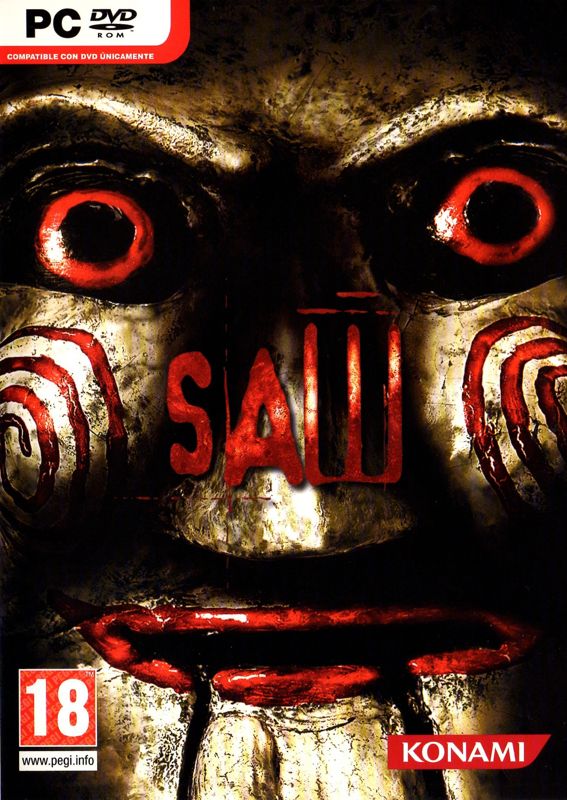
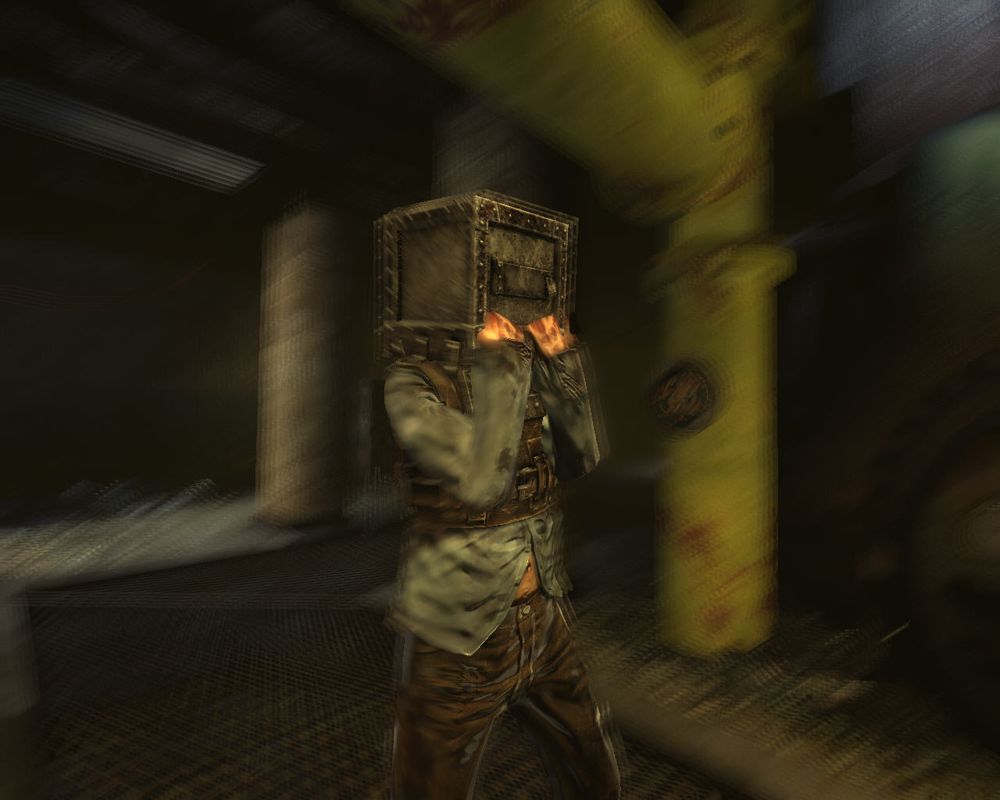

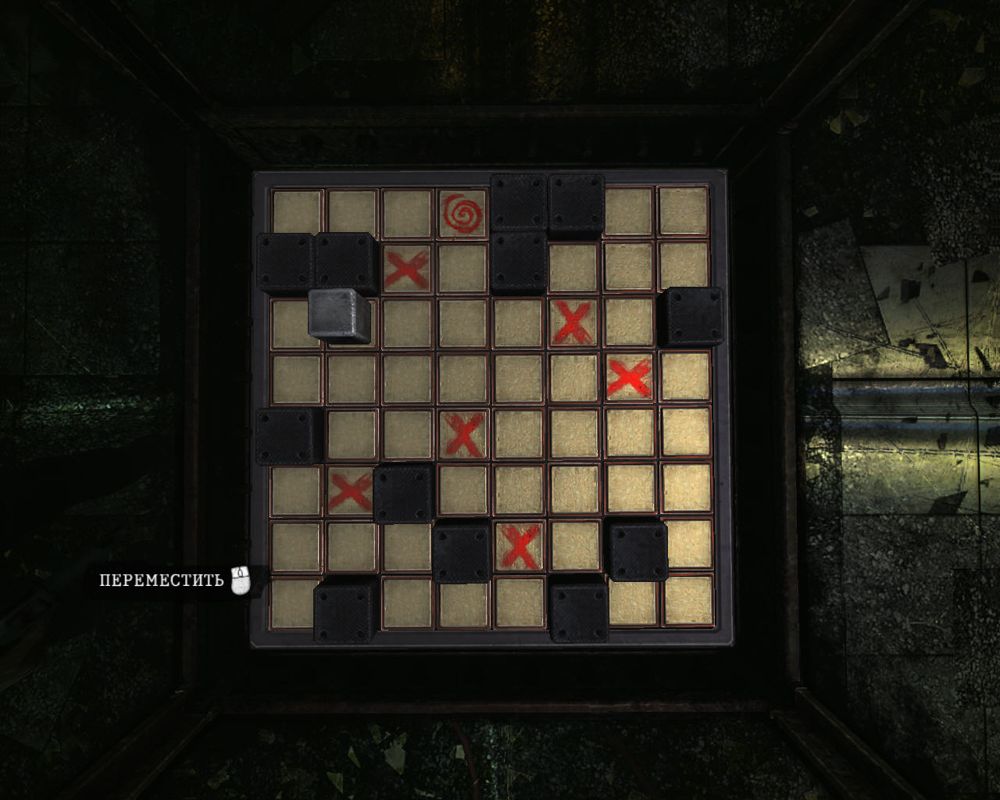
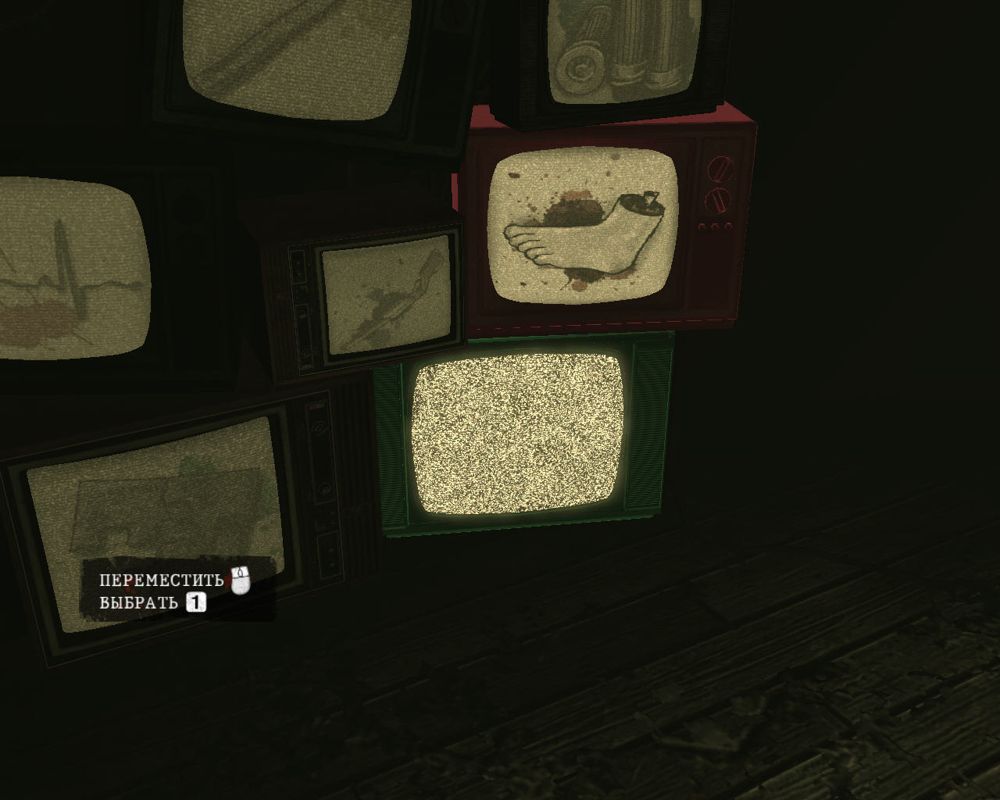
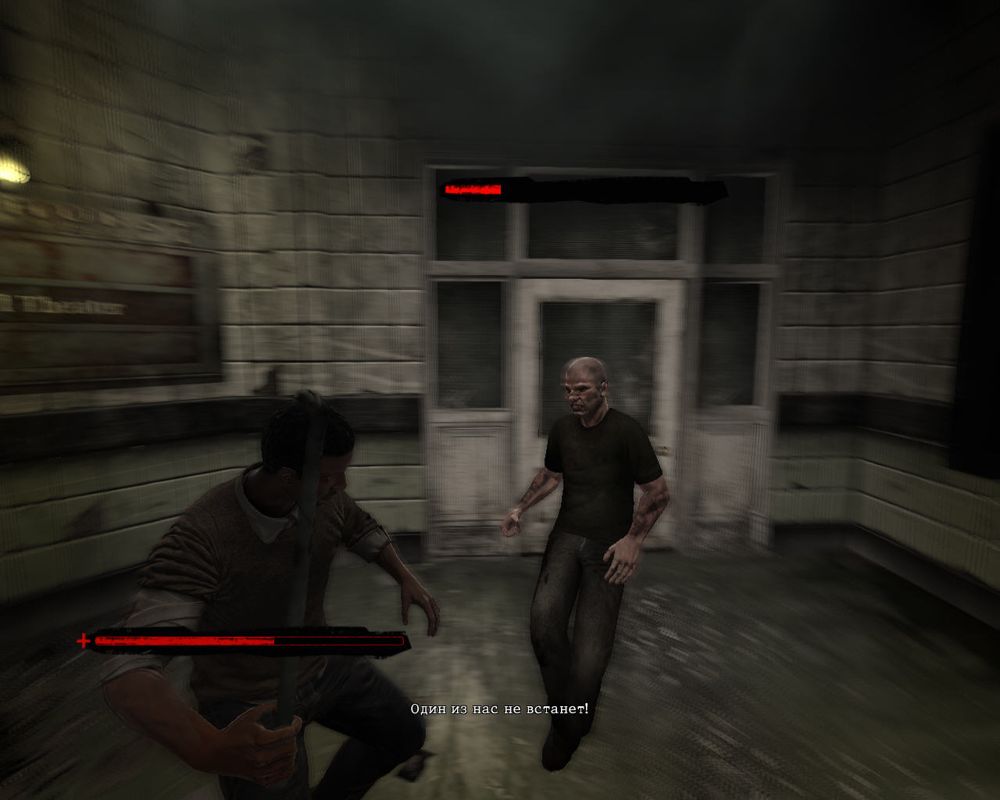



Reviews
There are no reviews yet.